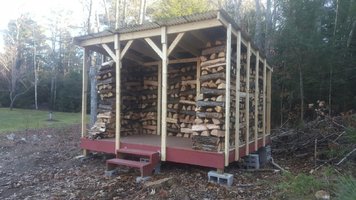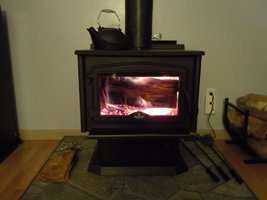pastera
NES Member
Air tight stove keeps the stove at a negative pressure - no puffing even when a sap pocket pops. Also, the secondary burn tubes create turbulence mixing the unburnt hydrocarbons with super heated air giving you 50% more heat from your wood. Simply slowing down the flue gas doesn't create the conditions necessary to fully burn the wood gas given off by primary burn. Once my secondary tubes light off there is no trace of smoke or smell from the flue even with the stove fully damped.
Negative to modern air tight stoves is that they really can't handle wood that isn't dry and stopping a runaway stove once it starts over firing is very hard.
Sent from my C6530 using Tapatalk
Negative to modern air tight stoves is that they really can't handle wood that isn't dry and stopping a runaway stove once it starts over firing is very hard.
Sent from my C6530 using Tapatalk

![Grin [grin] [grin]](/xen/styles/default/xenforo/smilies.vb/041.gif)
![Thinking [thinking] [thinking]](/xen/styles/default/xenforo/smilies.vb/010.gif)
![ROFL [rofl] [rofl]](/xen/styles/default/xenforo/smilies.vb/013.gif)

